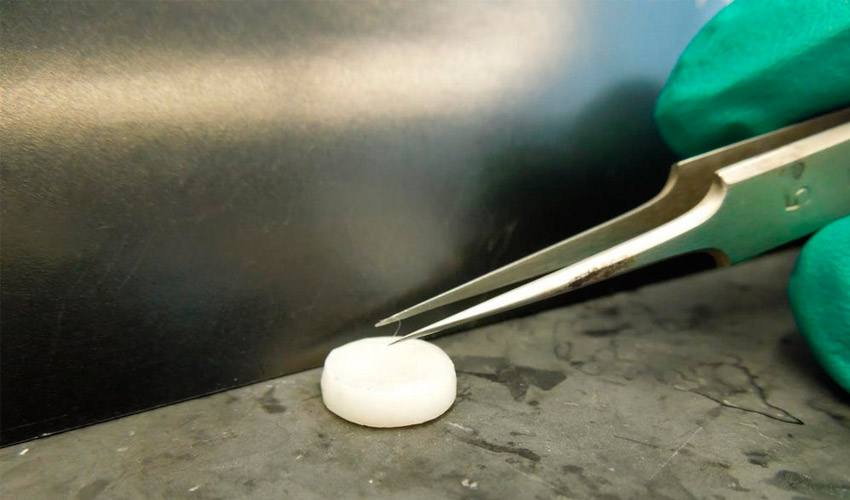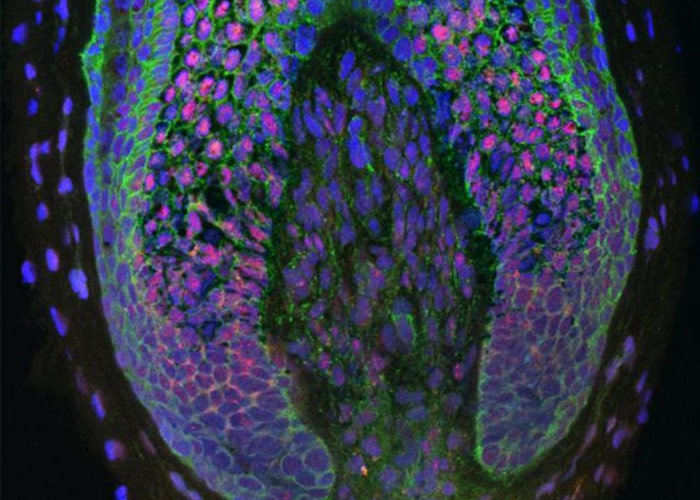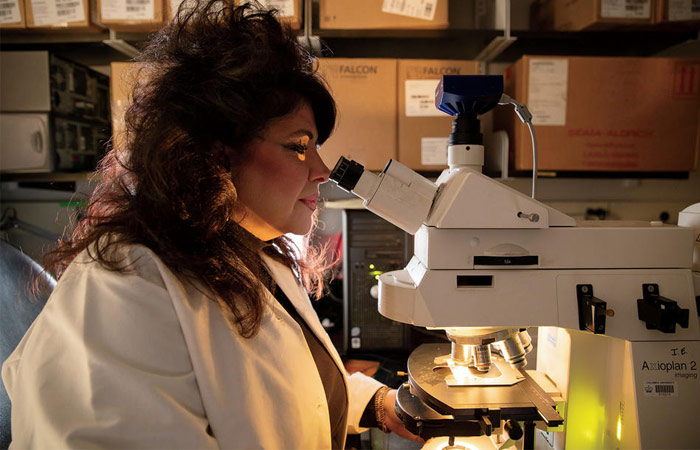Researchers use 3D printing to combat hair loss

At Columbia University, a team of researchers used 3D printing to grow hair! The technology allowed them to easily create plastic molds that were then used to grow hair follicles. A major innovation for the medical sector as it is very difficult to grow human hair under laboratory conditions. Some research had been done in the past to bioprint hair, however the American researchers seek to create a method that allows the hair follicles to grow more easily by 3D printing the molds on which they grow instead.
3D printing molds to combat hair loss
The team started from a clear observation: cells taken from the base of human hair do not grow when they are grown in the laboratory, unlike animal hair such as mice or rats. They are too resistant, which then limits capillary reconstruction and grafts. To overcome this problem, the researchers created a plastic mold designed to reproduce a natural micro-environment that stimulates the growth of the hair follicle. This mold has very fine small peaks, half a millimetre wide, inside which the cells are grown. “Traditional manufacturing techniques were not able to create such fine structures. This work has therefore been greatly facilitated by the innovations of 3D printing technology,” explains Angela Christiano, who initiated this study.

Cross section of a hair follicle | photo Credits: Angela Christiano / Columbia University Irving Medical Center
The team explains that they placed hair follicle cells around these peaks and then above them, cells producing keratin, the protein from which hair is made. After a three-week cultivation period, hair would started to grow. The molds were 3D printed on an FDM desktop 3D printer, specifically the Sindoh 3DWOX.

Angela Christiano leads the research work
Angela Christiano continues, “We can create a kind of hair farm, that is, a network of hair that is properly designed and shaped so that it can be transplanted into the scalp of the same patient. Hair restoration thus becomes much more accessible for all patients, male or female. We will no longer be limited by the number of hair donors – as a general rule, it takes about 2000 healthy follicles to make a successful transplant.” Artificial follicles could also be used by the pharmaceutical industry to detect new drugs for hair growth. You can find more information about this study HERE.
What do you think of this research using 3D printing to stop hair loss? Let us know in a comment below or on our Facebook and Twitter pages! And remember to sign up for our free weekly Newsletter, to get all the latest news in 3D printing send straight to your inbox!







Hello. I am a medical student. I would like to make this experiment if it is possible. Can you help me with some indications?
Thank you.